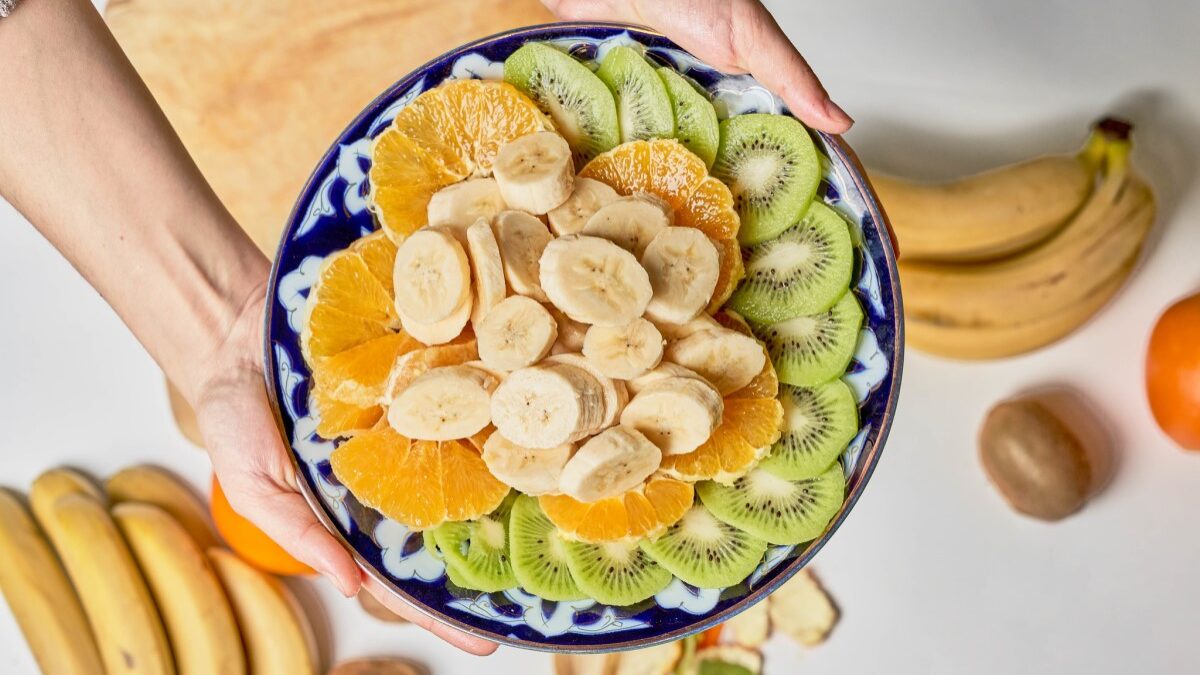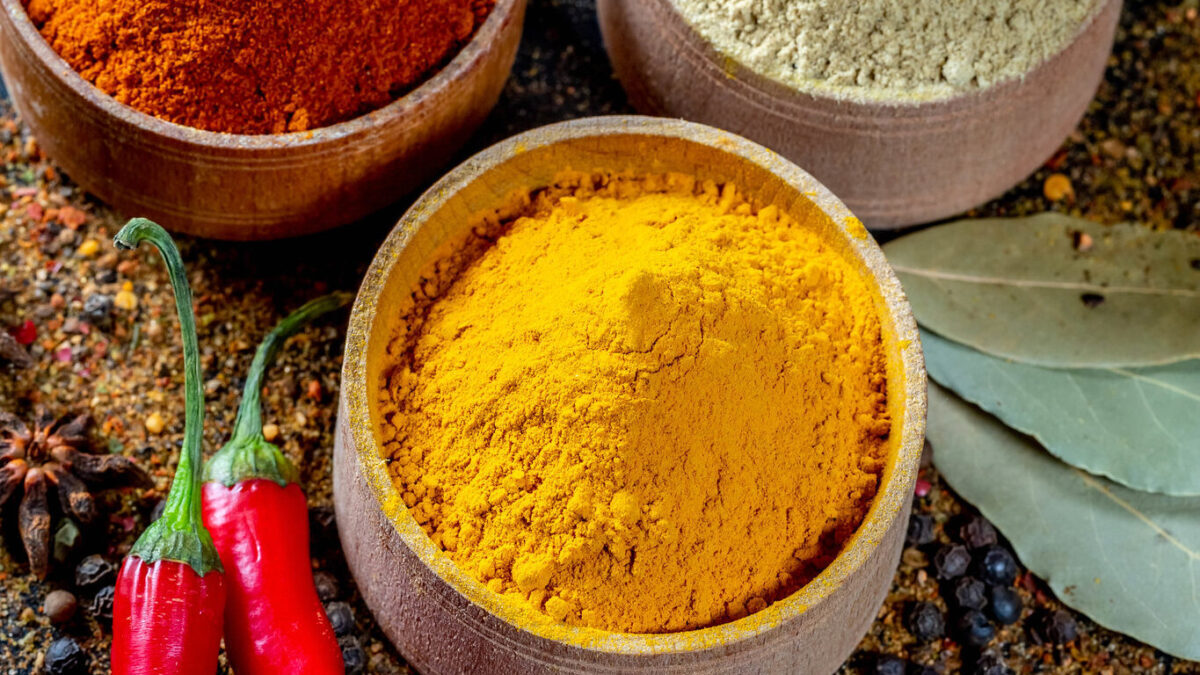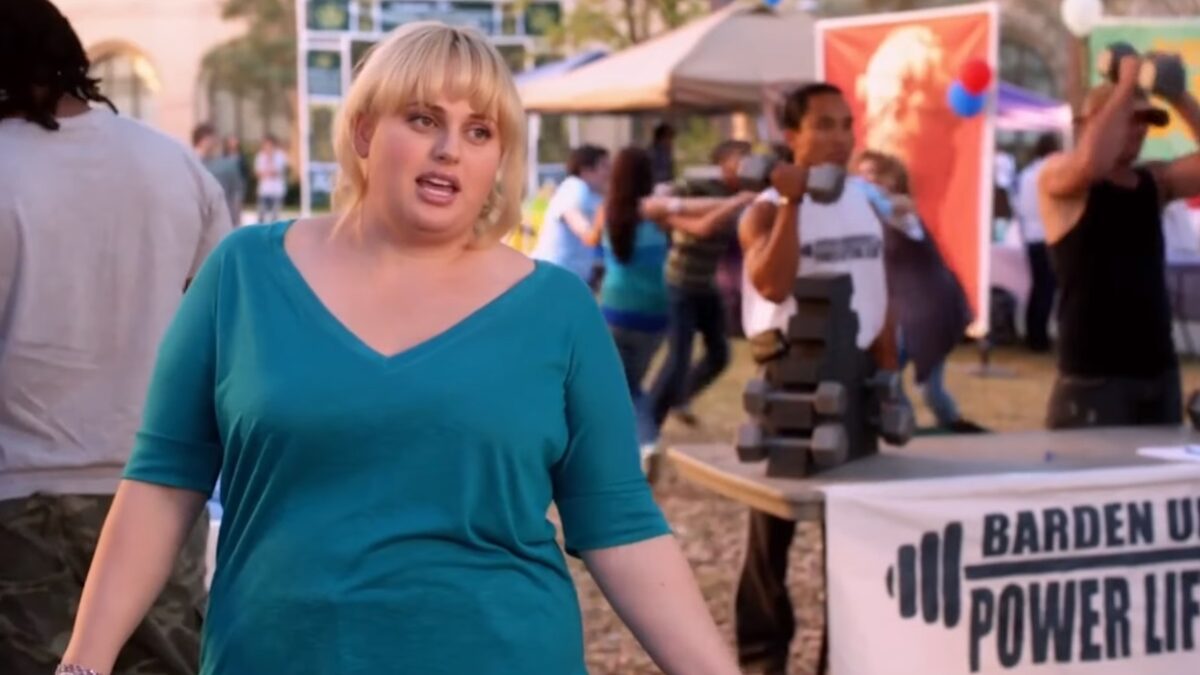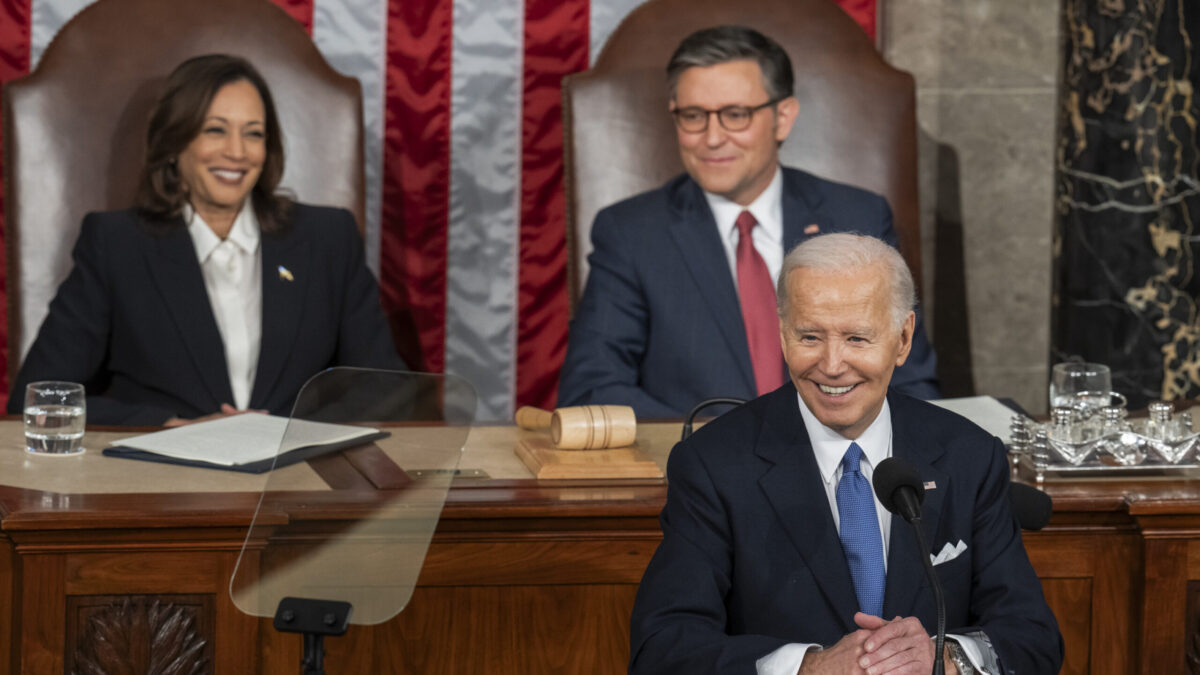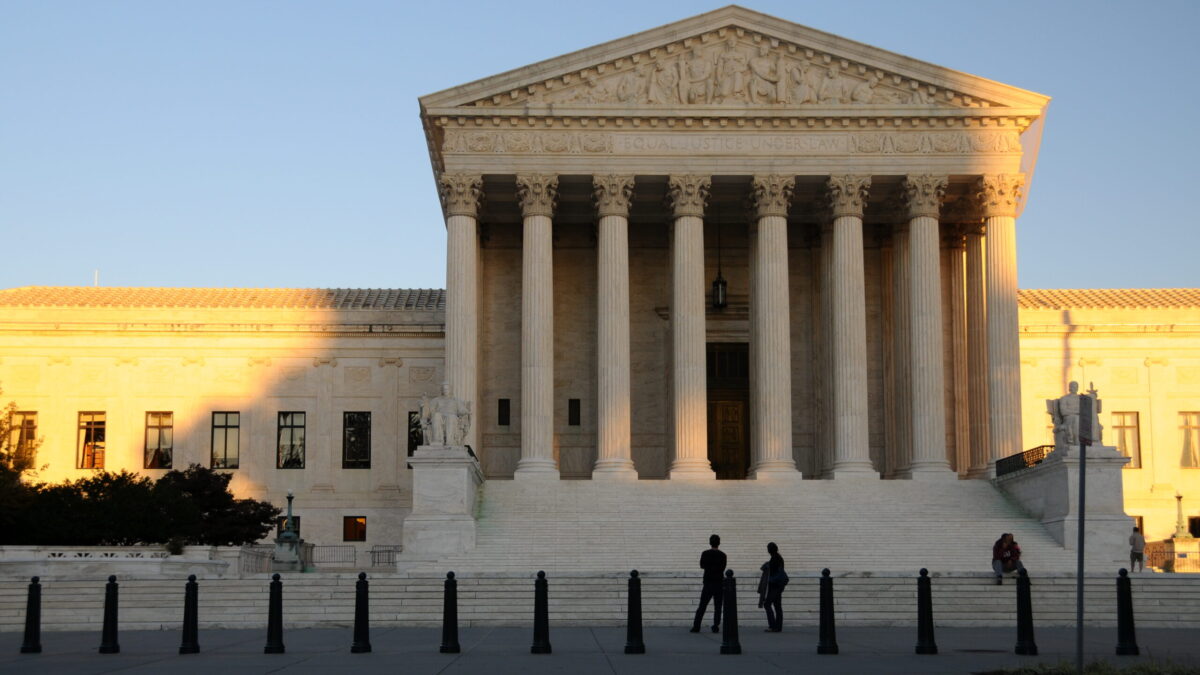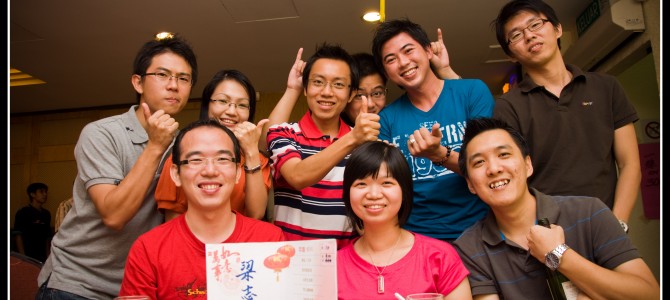
Not long ago, Mary Eberstadt observed that food has displaced religion for many postmoderns. Because of America’s abundance, how a person eats here has become an act of self-definition. We don’t have to eat whatever comes our way for sustenance, but can exercise almost endless choices among a menu of preparing and consuming styles. Food thus teems with meaning.
That’s not entirely new. Because we are embodied creatures, humans have always needed to eat (heck, apparently so do our ghosts). Because we are also ensouled creatures, we have not merely fueled ourselves like machines, but have always created food with interest, intent, and love. Even history’s peasants created rich rituals and festivals intertwined with the comparatively few foods available to them. Ethnic foods still acknowledge these various such humble beginnings. So what a person eats has always said something about who he is. Nowadays, we just ask food to carry far more meaning, since religion carries less. Apparently, such navel-gazing accounts for the gluten-free craze, since only something like 1 percent of people actually cannot digest gluten, but a third currently say they’re limiting it in their diets.
Food Divides Us
Polls continue to show what Charles Murray expounded in Coming Apart: Americans of different political persuasions and income levels no longer spend much time together. That includes our eating preferences. In May, the Wall Street Journal reported on the “most conservative” and “most liberal” grocery stores and restaurants, as determined by thousands of customer surveys by a marketing agency. The most liberal customers—no surprise here—grocery shop at Whole Foods, Trader Joe’s, and Fred Meyer, while the most conservative shop at the Houston-based Randalls, Weiss Markets, and Piggly Wiggly. As for restaurants, find liberals at California Pizza Kitchen, Romano’s Macaroni Grill, and Ruth’s Chris Steak House (despite Sean Hannity’s constant plugs for the last). Find conservative restaurant-goers at O’Charley’s, Cracker Barrel, and Hometown Buffet. The WSJ notes that these trends probably depend on region—since restaurant and grocery chains are typically regional, and so are political leanings, you find more conservatives at stores dominant in, say, Texas and the Southeast, and more liberals in the Pacific Northwest and urban areas.
There’s more to food demographics than political preference and heritage, however. I was a minion at the American Enterprise Institute when Murray was writing Coming Apart, and he tried out some of his surveys on AEI’s captive audience of young staffers. On one attempting to measure a person’s ties to the common man, I suggested he add a section about food preferences, which he did. The final version in his book asks whether you have drunk a mass-market beer or visited a normal-person restaurant such as Applebees in the past few months. People who have separated themselves from the rest of America into their elite bubble have rarely, if ever, eaten like the average American. It’s not just a carbs difference. It’s a culture difference.
There are many more differences between how rich and poor in America eat, and it’s not just that the rich can afford pricey cuts of meat (although farm and ethanol subsidies do vastly increase the gap between the amount of protein rich and poor can afford to purchase). When my husband was manager of a moving company, his employees were all minimum-wage, urban young men. They sincerely thought it was cheaper to eat off the dollar menu at McDonald’s than to, say, eat oatmeal and yogurt, or eggs and whole-grain toast for breakfast. Everyone who has ever made a sandwich from basic fixin’s knows that’s folly. A nourishing breakfast costs less than a dollar when you make it yourself, and it takes less than 10 minutes to prepare. But poor people typically don’t know that. They haven’t learned to cook an egg or that peanut butter is filling and nutritious, just like fresh fruit, and all of these are cheap. The barrier isn’t money so much as it is cultural knowledge.
It’s not just my husband’s personal experience. Studies on government food programs find that the low-income people they seek to assist suffer more from lack of knowledge about food and preparation than they do food scarcity. Indeed, one of the big problems about government food programs is they tend to encourage obesity, because they give people the ability to buy food without the know-how about what is good food to buy and how to prepare it nutritiously. So poor people buy junk, or eat way too many carbs, or stock up on soda. Government programs may have ended quick starvation, but they haven’t saved the poor from slowly starving through decades of nutrient-less eating.
Food Can Also Unite Us
While how we eat now separates people by income level and political preference, however, food also offers hope for bringing us together, as it has always. Eating is one of the many human activities that we all share. So it offers a pretext for meeting your neighbors and developing relationships with them, whether they also share your political preferences and income level or not. Our mid-size, Midwestern town has a handful of food trucks that create instant neighborhood block parties whenever they show up. People come to try new cuisine, to get out of the house, because the food came to them rather than them having to get the food. Meeting their physical needs also offers an opportunity to meet their relational needs, because when people get together and eat they have an easy thing to talk about, and once talk has begun it’s easier to keep rolling.
Another way food offers an opportunity to heal fractures among at least political lines is that many conservatives and liberals care about eating good food. The moms in my circle who buy shares in community-supported agriculture or visit the organic co-op or obsess about essential oils and vitamin supplements have a vast array of political opinions between them. But we share an interest in health and happiness, which provides an opening to discuss in a friendly manner the other things that matter to us. A liberal mom can get infuriated about state bans on raw milk, or over-regulation of nurse-midwives or homeopathic healers. A conservative mom can join with her friends in heaping scorn on the massive waste of food and packaging that accompanies government school-lunch mandates.
The universality of eating gives it a power, both for good and for ill. We can treat it like fuel for our own self-sufficient machines, hiding out in enclaves like a teen in his room with a TV dinner. Or we can treat it as an opportunity to commune around what unites us as humans. Like Thanksgiving dinner, or a simple gathering around a food truck, eating can meet our physical and relational needs at once. Since people have such strong drives for both, my guess is that surveys showing people with different politics at different restaurants don’t provide much to worry about. After all, no matter their politics or income, most people love to try different cuisine.


